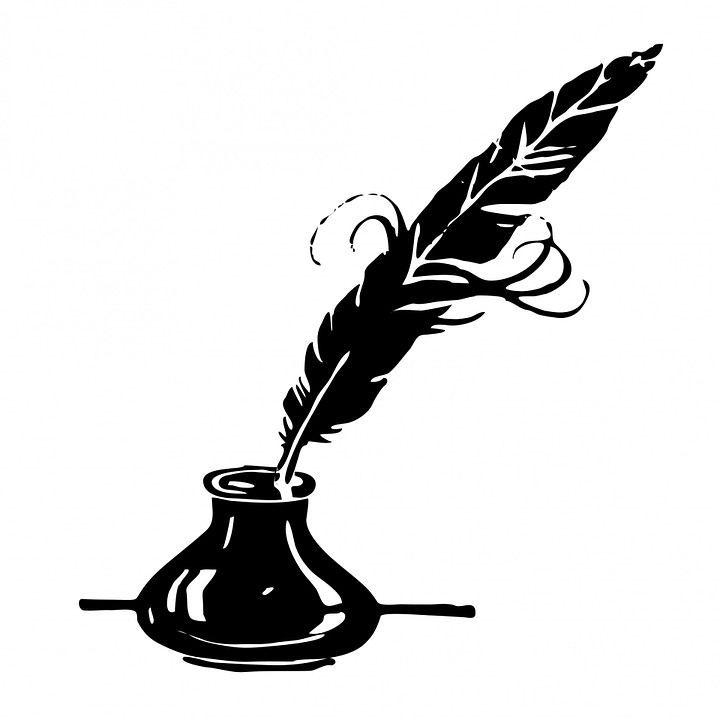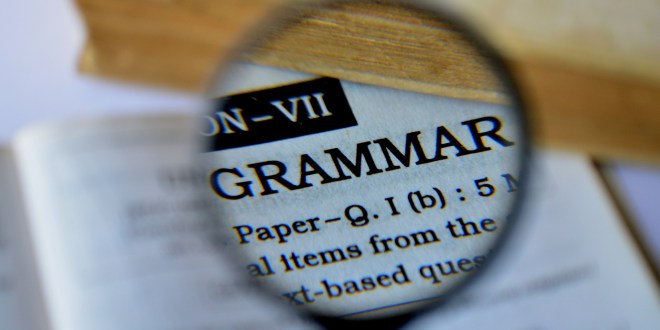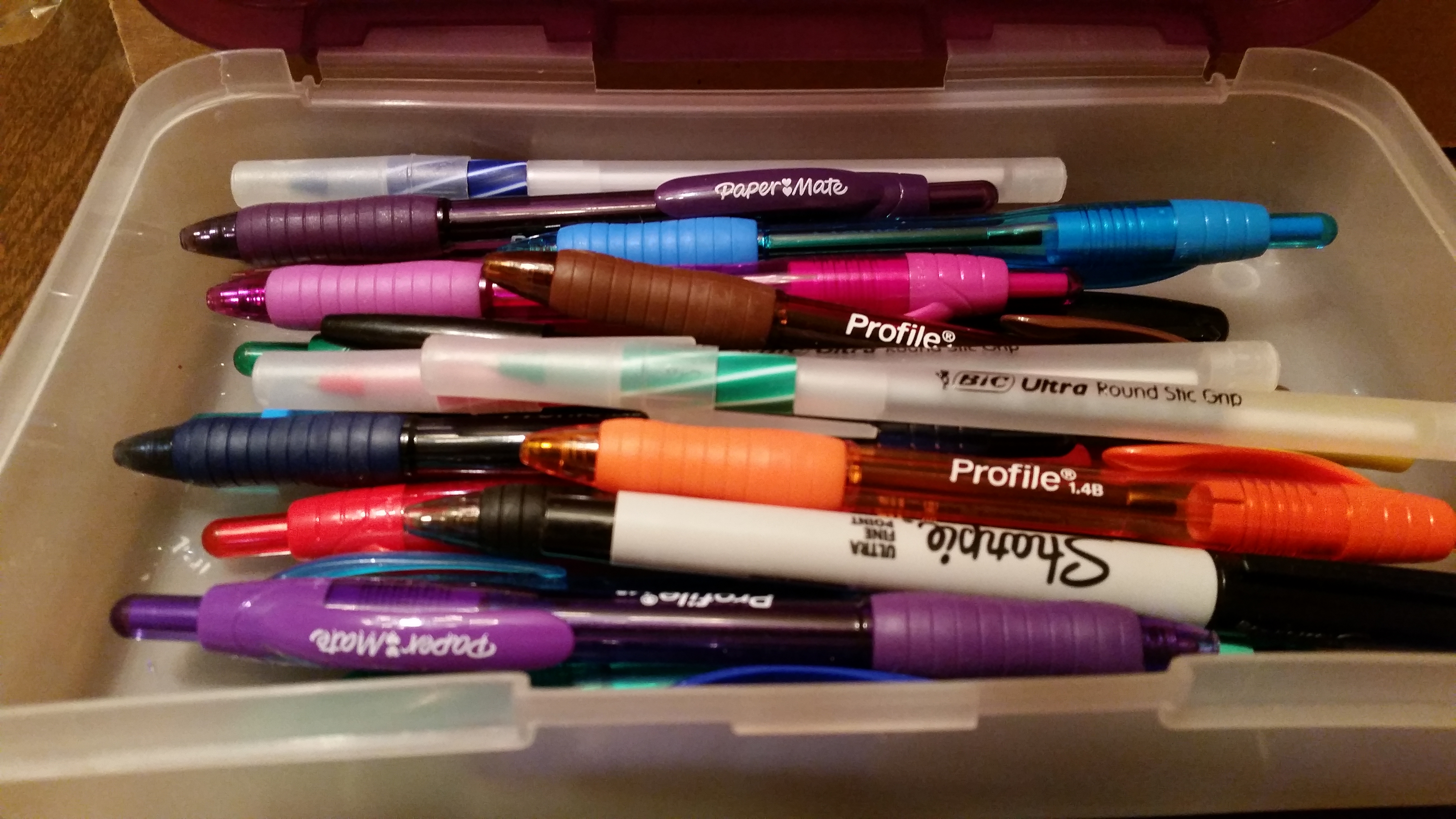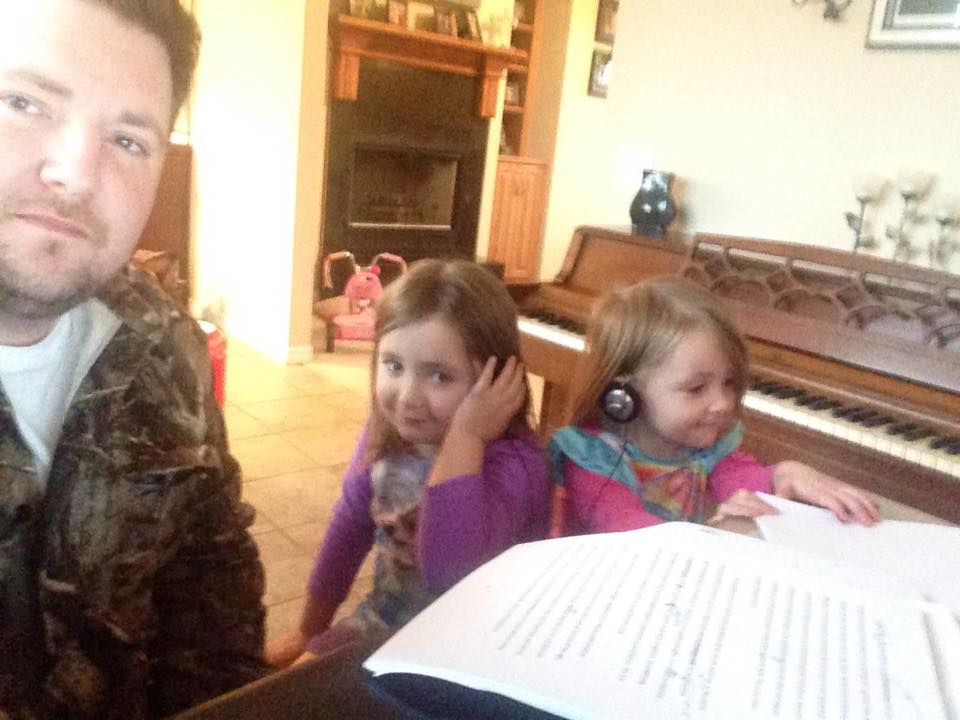
Keeping it Fresh
I recently read these words written by an editor: “Also, do not be contended with the cut and dried…
September 21, 2016
I recently read these words written by an editor: “Also, do not be contended with the cut and dried…
September 21, 2016
by Sandra Merville Hart Last month we talked about the author of Charlotte’s Web, E.B. White, and the…
September 20, 2016
Yes, we’re continuing to visit confusing words because the English language abounds with them. Here are a few…
September 17, 2016
Save money. Learn theology. Become a better writer. Minister more effective. That’s my hope for you. In this second…
September 12, 2016
As Tatooine’s twin suns slowly inch to the sand dunes in the horizon, a lone figure strains his eyes…
September 11, 2016
Elaine Marie Cooper I don’t think there is a writer among us who does not ask this question at…
September 8, 2016You’ve probably heard the phrase, “Art imitates Life.” This makes sense because every creative person, whether writer, painter,…
August 27, 2016By Sarah Zuehlke Magazines. They come in a never ending stream of styles and forms. In spite of the…
August 25, 2016
by Laura L. Zimmerman I went for a swim at 6:30 this morning. Okay, not really, but in my…
August 6, 2016
Have you ever wandered aimlessly in your writing? A friend asked me the other day what I was working…
July 5, 2016
Angela Ackerman Your writing thesauruses are such a help to writers, how do you feel knowing that thousands of…
July 1, 2016
by Sandra Merville Hart I wanted to instill a love of reading in my daughter from a young…
June 26, 2016A writing acquaintance of mine recently posted about her disdain of the comma splice, more importantly, the proliferation of…
June 23, 2016
As an editor, I frequently encounter homonym errors. Someone writes whether when they intend weather. Or peek when the…
June 11, 2016
We’ve been looking at crafting plot twists. #amwriting #plottwists [bctt tweet=”Create a jaw-dropping plot twist by convincing your reader…
June 10, 2016
Are you a writer who hasn’t written a word? How many waves of inspiration flow thru your mind before…
May 31, 2016
Continuing our look at crafting a spectacular plot twist, this time we’ll look in detail at a couple of…
May 19, 2016
Last month, I overheard a conversation about dangling modifiers. Lots of laughter. Lots of confusion. Lots of questions. “What’s…
May 9, 2016
I traveled to India with Samaritan’s Feet earlier this year, which I’ve already shared a few experiences in this…
May 6, 2016
Welcome to The Creativity Kit! Each month tips and tools to help boost your creativity skills will be found…
May 3, 2016
One word can make all the difference between funny or ho-hum. For instance, let me introduce you to four…
April 24, 2016
Last time we talked about all the elements needed to create a stunning plot twist. This time, we’ll talk…
April 23, 2016
Lots of time we hear verbal patterns that may be acceptable (to some people) in speech, but they are…
April 17, 2016
I traveled to Hyderabad, India recently and we had one day of sightseeing and shopping in the city. This…
March 31, 2016
Like me you are probably trying to build a support team for your writing — a reading group, a…
March 26, 2016